By Michelle Felix
From – https://blackdoctor.org/
Reprinted – by Texas Metro News

It’s been estimated that every year nearly 800,000 Americans experience some kind of stroke, and more than 600,000 of them are first strokes. The three main types of strokes are ischaemic, hemorrhagic, and transient ischaemic attack (TIA), or “mini-stroke”.
Ischaemic is the most common type, caused by a clot or blockage obstructing arterial blood flow to the brain. By comparison, a hemorrhagic stroke occurs when there is bleeding in or around the brain.
One can imagine that of a staggering number like 800,000 strokes per year, how much each stroke varies in type and severity, as well as which areas of the brain are affected, such as the brain stem, cerebellum, cerebrum, and limbic system.
The days and weeks following an ischaemic stroke typically bring a condition called aphasia, a loss of ability to remember words and phrases. Rehabilitation is possible, but full recovery of memory is not guaranteed. Part of this rehabilitation includes practices you can try at home, such as music therapy, mnemonic devices, and rehearsing and repetition of new information.
Medical researchers have noted the efficacy of music therapy for the ways it simultaneously stimulates the language and rhythm centers of the left brain, and the parts of the right brain responsible for melody and music recall.
Passive music therapy patients tend to listen to music that was familiar to them before the stroke. Active music therapy patients are usually found singing, playing instruments, or interacting physically with the music.
The results of a 2022 clinical trial conducted by the National Institute of Health found “Functional speech intelligibility and speech naturalness were significantly improved after completing [active music therapy] treatment, which demonstrates that timely and continuous vocal exercises and singing may help accelerate the recovery of speech after stroke”.
Approximately one-third of those who survive strokes are left with some form of aphasia. Activating echoic memory may be another key to effective recovery. Echoic memory is one type of sensory memory that temporarily stores auditory information. The memory used for recalling sound is more fleeting than our visual or photographic memory, so it exercises your short-term memory while also strengthening neuroplasticity.
Similarly, the American Stroke Association recommends rehearsing and repeating information as another way to engage and strengthen
memory. It’s especially effective if you immediately repeat new information to yourself, in the same way repeating someone’s name back to them when they introduce themselves to you strengthens name recall.
Mnemonic devices such as rhymes and acronyms have also proven beneficial, and are created in the hippocampus, or the data storage center of the brain. Mnemonic devices ultimately help the brain recall and process larger blocks of information, in much the same way coaches tell their players to “R.I.C.E.” their injuries: Rest, Ice, Compression, Elevation.
Since doctors regularly recommend exercise to help recovery from virtually every other kind of ailment, it stands to reason that it helps with the post-stroke healing process as well. Harvard Medicine studies claim that exercise boosts memory and cognitive function. Walking, step exercises, and reps with light weights help rebuild body mass and improve blood circulation.
Dr. Scott McGinnis, an instructor in neurology at Harvard Medical School repeated the findings of a study that “engaging in a program of regular exercise of moderate intensity over six months or a year is associated with an increase in the volume of selected brain regions.”
For the app enthusiasts, two speech-language therapists developed an app to help recovery patients access exercises on their phones or tablets called CT Speech & Cognitive Therapy. The app exercises both visual and auditory memory functions, perfect for ensuring continued success along one’s stroke recovery journey.

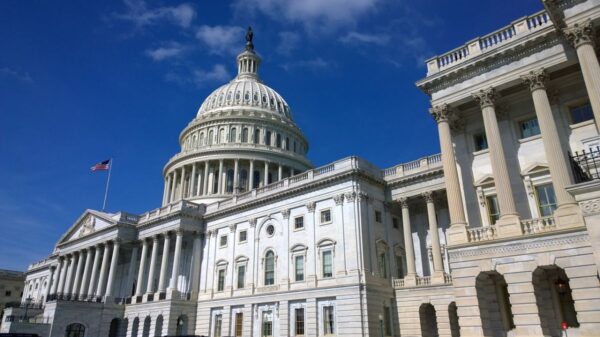
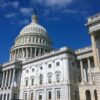
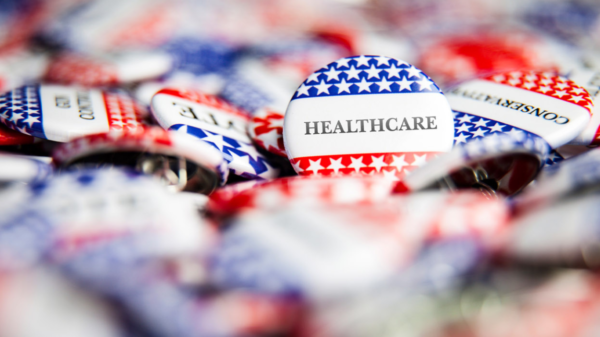
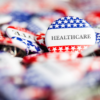


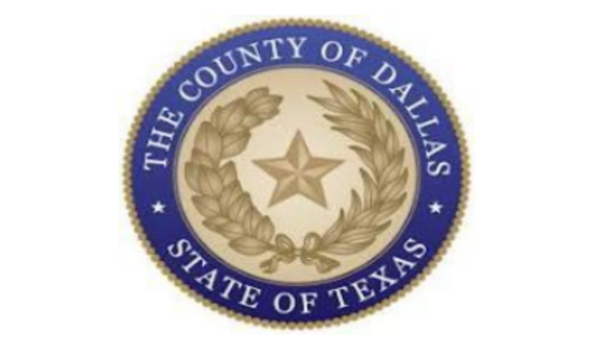
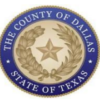
You must be logged in to post a comment Login